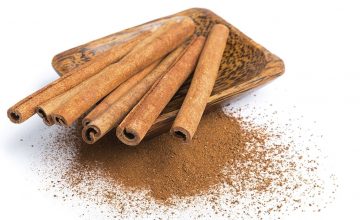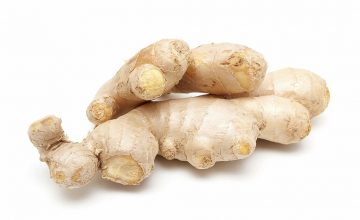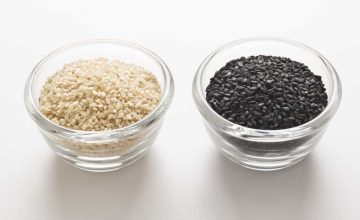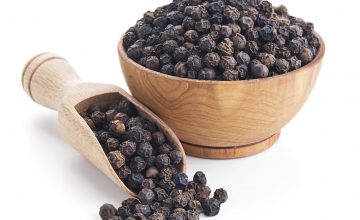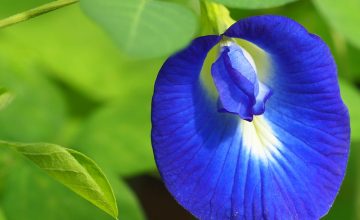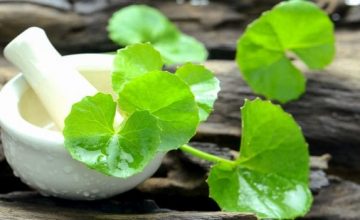BEGIN YOUR DAY WITH A GOOD NIGHT’S SLEEP
According to Ayurveda, sleep is the second important sub pillar which helps to sustain our body structure and maintain good health. Ayurveda says, people who can sleep well at night are really blessed. Sleep is very important for many reasons, e.g. during sleep the body gets the time





